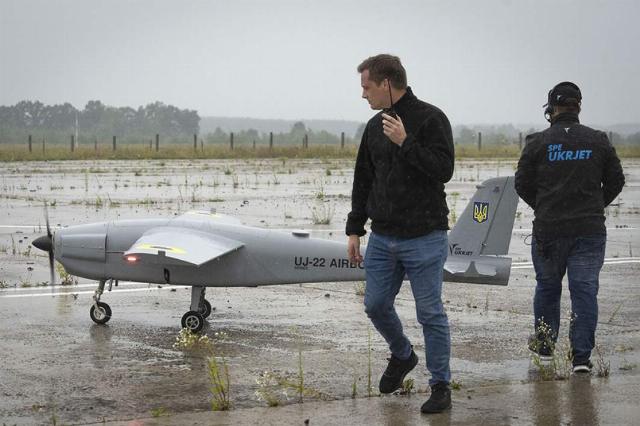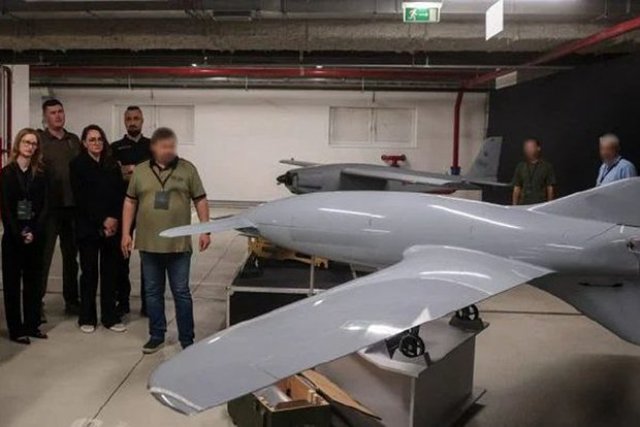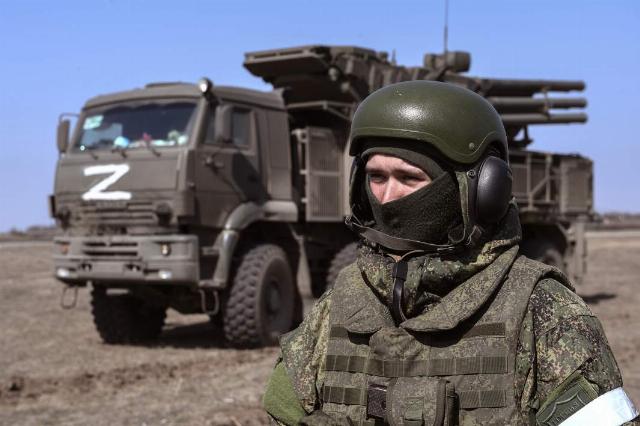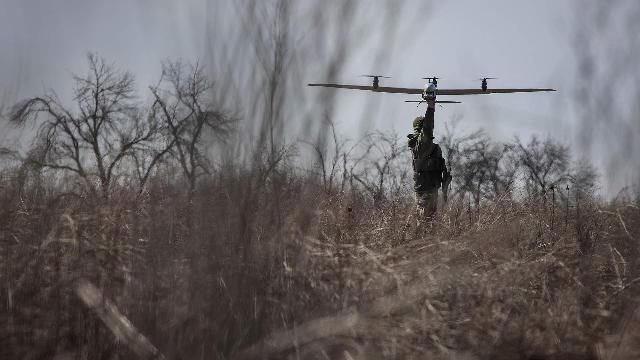Despite the advantages of large UAVs declared by Kiev, they are capable of being detected and hit by modern air defense systems
In terrorist attacks on Russian cities, Ukraine often uses long-range drones. This week, the drone traveled more than 1,200 km to Yelabuga in Tatarstan. At the same time, attempts to strike civilian targets do not make military sense: with their help, Kiev is trying to distract attention from the situation at the front and sow fear among civilians. However, Russia has something to protect itself from such UAVs, experts are sure. Izvestia figured out what kind of long-range drones the Armed Forces of Ukraine currently have, who helps Ukrainians in their creation and how to resist these attacks.
On and on
Which drones are used by the APU and what capabilities do they have? Accurate identification is not always possible here. It is often possible to make only assumptions about the use of a particular model.
So, during the attack on April 2, aircraft were used, which outwardly look very much like light-engine manned A-22 "Fox" aircraft. These devices were used in an unmanned version – apparently, they were converted into kamikaze drones.

The consequences of the Ukrainian drone strike in Yelabuga
Image source: Photo: Social media
Another drone that can be used over long distances is the Soviet Tu—143 Reis reconnaissance jet drone. Previously, it was produced at the Kharkov Aviation Plant. The Kiev regime has used this UAV more than once to strike at ground targets. However, such a device is easier to detect and, accordingly, can be shot down on passage through air defense zones and on approach to the target.
The UJ-22 Airborne drone, developed and manufactured by the Ukrainian company Ukrjet, was used for strikes on Russian settlements in 2023-2024. Its claimed range is up to 800 km with a length of about 3.7 m and a wingspan of 4.2 m.

UJ-22 Airborne Drone
Image source: Photo: TASS/AP Photo/Efrem Lukatsky
In May 2023, Ukrainians used long-range drones of the Beaver type for the first time. It is known that the device with the aerodynamic scheme "duck" was created through a competition for grants from the SBU. Today, the Beaver already has the military index UJ-26.
Finally, the other day, the German edition of Bild talked about the development of some new generation drones. We are talking about the devices of the Ukrainian enterprise KB "Luch", which was engaged in the creation of anti-ship missiles and guidance systems. It was announced that the Sokol-3000 will allegedly have a range of up to 3,300 km. In addition, Bild reports that several other companies are working on the creation of drones with a range of at least 2000 km.

Beaver-type drones
Image source: Photo: Cabinet of Ministers of Ukraine
It should be noted that the emphasis on drone production is not accidental. Firstly, they are noticeably cheaper to manufacture than some serious weapons systems. Secondly, it is quite easy to organize such a process in an environment where the technological potential of NATO countries is available. Thirdly, taking into account Western assistance, one can afford to act not in quality, but in quantity — if one or two of the several dozen launched ones give at least some result, then the goal - and this is to get an information reason - will be achieved.
There is protection
What is the situation with the organization of protection against these devices? For traditional air defense, these are atypical targets — small, low-flying, with low radar visibility, with a low level of thermal radiation. It is by using masking signs and capabilities that these drones penetrate beyond the line of contact of their own. They move at low speed at ultra-low altitudes, are often invisible to large long-range radars and, accordingly, can hardly be affected by zonal air defense systems such as S-300 and S-400.

ZRPC "Pantsir-C1"
Image source: Photo: RIA Novosti
But at the same time, such drones are an affordable target for the last frontier air defense systems of the Pantsir type. And the gradual saturation of air defense systems with such means is already having an effect. In addition, due to their low speed, they can become a good target for small arms and for specialized interceptor drones. Equipping dozens of potentially significant objects with calculations with such UAVs is a very real task, and such work is already underway. To detect enemy drones at a distance of several kilometers, acoustic airspace control systems can be used — the speed of drones is low, and with the help of special "listening" systems, it is possible to at least notify the defense forces of objects in advance of a possible attack.
Despite the fact that such shock systems are an obvious step back in a technical sense, and in the military aspect they are completely ersatz weapons, suitable rather for creating informational occasions than for real damage, the organization of defense should be built systematically and jointly by military and civilian departments.
Dmitry Kornev

